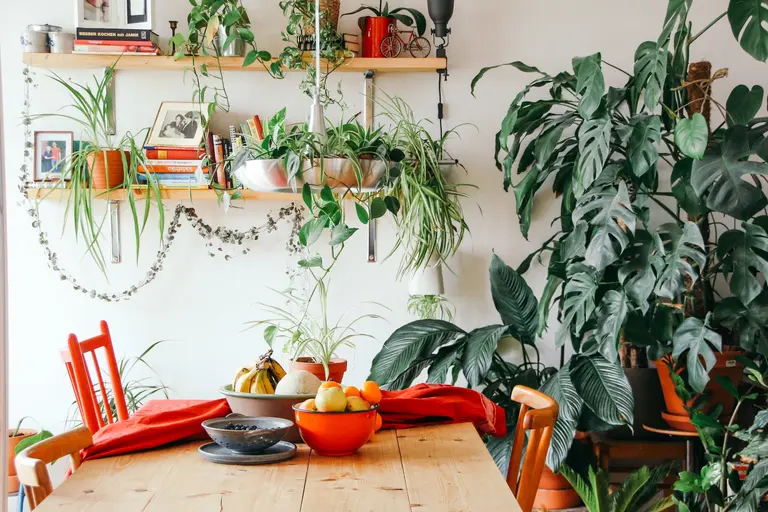How to keep your houseplants alive while on vacation
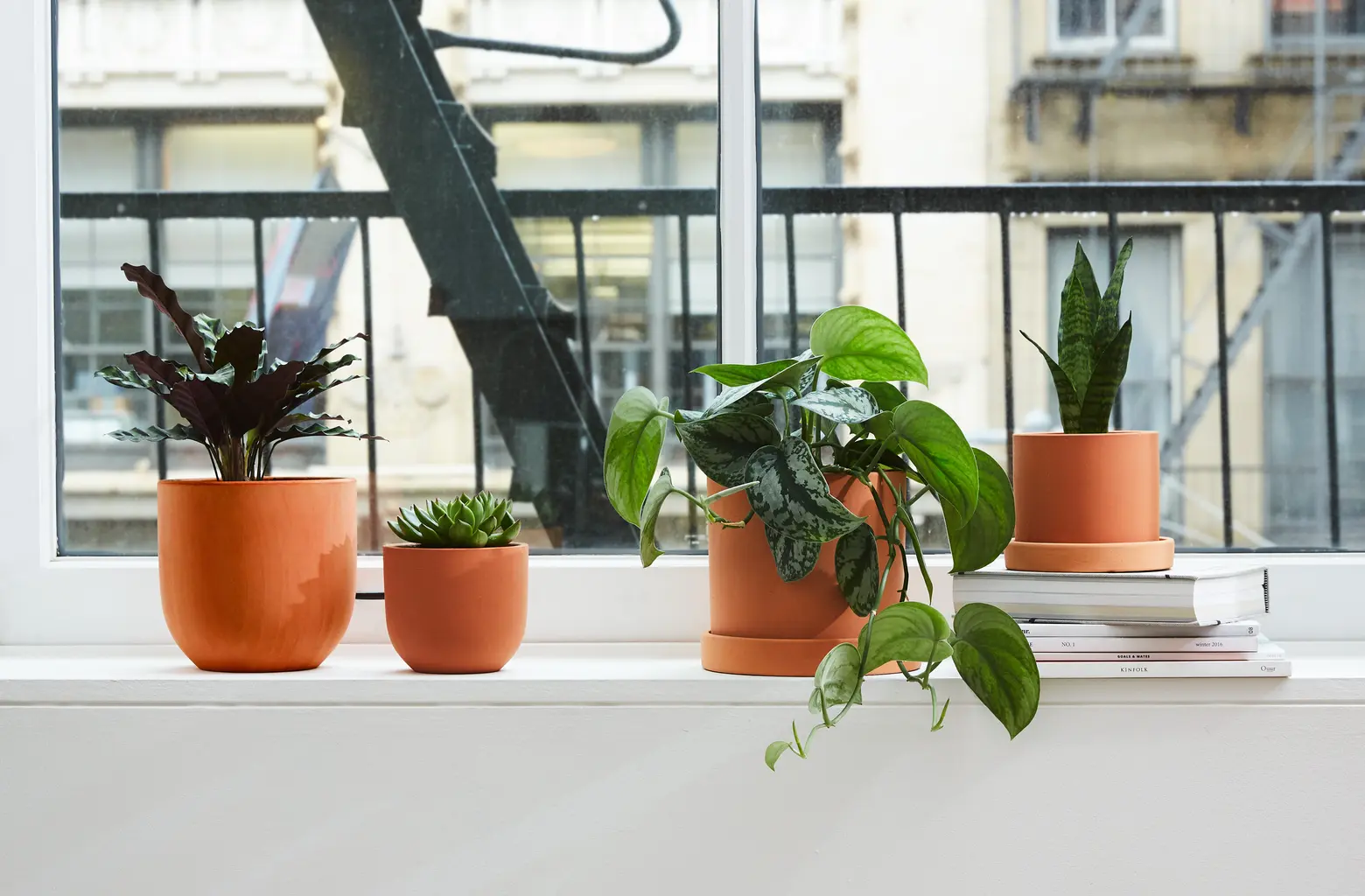
Whether you’re going down the shore for the weekend or taking off the month of August, you’ll want to make sure you’ve got a plan in place for your plant babies. Ahead, we break down the four most important tips for keeping your houseplants happy and healthy while you’re away and share the best products to make the prep-work simple. And if you’re looking ahead, we’re also rounding up some of the most low-maintenance plants.
1. Change up light and temperature
The more sunlight your plant receives, the more thirsty it will be over time. This is for a few reasons, the biggest being that plants utilize the most water during a process called transpiration, and the rate of transpiration is dependent on, and increases with, the amount of sunlight the plant receives.
So the more natural light your plant is getting, the more water it’ll need. To help your plants from wilting while you’re away from lack of water, you can move them a little bit further away from their source of natural light. Place them in the middle of the room so that the heat and light from the windows do not dry them out as fast as usual. Even if it’s a full-sun plant, it can handle a week or two of lower than ideal light. Once you return, you can move your plants back to their usual spot.
And as always — whether you’re home or away — never leave an air conditioning blasting on or near a houseplant. Although a luxury for humans, an AC tends to rob the indoor environment of the heat and humidity most tropical plants crave.
2. Keep in the moisture
If you plan to be away for a week or less, watering your plants thoroughly before departure should be sufficient. Make sure you are only watering plants with dry or mostly dry potting soil. Let any excess water drain from your potted plant before you’re on your way, so the potting soil is moist but your plants are not sitting in a saucer of water, which could attract pests or lead to root rot. Note this is only necessary for plants that need to be watered once a week or more. Your drought-tolerant houseplants, like succulents and cacti, will be fine for a week or two without water.
If you plan to be away for more than a full week, there are a couple of ways to prepare your plant. Try one of the tips below or a combination, depending on the length of your trip and the variety of plant. Keep in mind: how often do I usually water this plant?
- Add lava rocks, mulch, or wood chips to the top of your plant’s soil to help hold moisture before giving dry soil a good soaking. Damp newspaper can also do the trick. This will help the soil stay moist for longer.
- Water your plant thoroughly and then cover with a clear plastic bag to just below the lip of the planter, creating a makeshift greenhouse. Make sure to cut a couple slits in the plastic to allow for ample air circulation (plants need to breathe, too!). Use sticks (or leftover chopsticks) to hold the bag up and away from the foliage. You want to make sure no foliage is touching the bag.
- Line a shallow tray with small rocks and fill the tray up with water to slightly beneath the top of the rocks. Set your planter on top of the rocks — the base of the planter should not be touching or sitting directly in the idle water but right above it. This will help to increase humidity and moisture levels, but should not lead to over-watering or root rot.
- Transport your humidity-loving plants, like ferns and air plants, to your bathroom (provided you have a window that receives some natural light) or another small room and group them together. The smaller the room, the easier it is for your plants to maintain humidity and moisture.
- DIY self-watering system with capillary wicks or empty bottles
- Submerge one end of the capillary wick in a basin of water (choose the size of the water container based on how long you’ll be away) and the other end of the wick into your plant’s potting mix. Your plant will pull the water it needs through the wick while you’re away. (Our team’s preferred method!)
- Upcycle old plastic or glass bottles by filling the bottle with water and puncturing the bottle top. Make sure the hole is small enough that water will be released slowly, over time. Flip your filled bottle upside down and stick the top of the bottle – with the punctured bottle top – deep into your plant’s potting soil.
- Call on a friend. If you’re going to be away for an extended period of time (over a month) and have a friend who’s willing to water your houseplants for you — take them up on the offer. Leave your friend with clear written instructions, or walk them through your care routine a week or two beforehand. We won’t judge if you ask them for photo updates while you’re gone. Just make sure to bring them back a souvenir.
3. Forgo fertilizer
If you occasionally use fertilizer on your houseplants, make sure to hold off on fertilizing until you return from your trip. Do not fertilize your plants in the weeks prior to your departure. You’ll want your plants to grow as slowly as possible while you’re gone, which will help them to conserve energy and water.
4. Get pruning
In addition to pruning off any dead, dying, or unhealthy-looking foliage, you can prune off any buds and flowers, which usually require more frequent waterings to stay healthy.
Five plant picks for frequent travelers
The tips above apply to mostly tropical foliage plants. If you travel frequently for work or pleasure, opt for succulent plants instead! An umbrella term, “succulent” can be used to describe any plants that have evolved adaptations – like storing water – to survive hot arid environments. This means you don’t have to worry about rushing home to water them!
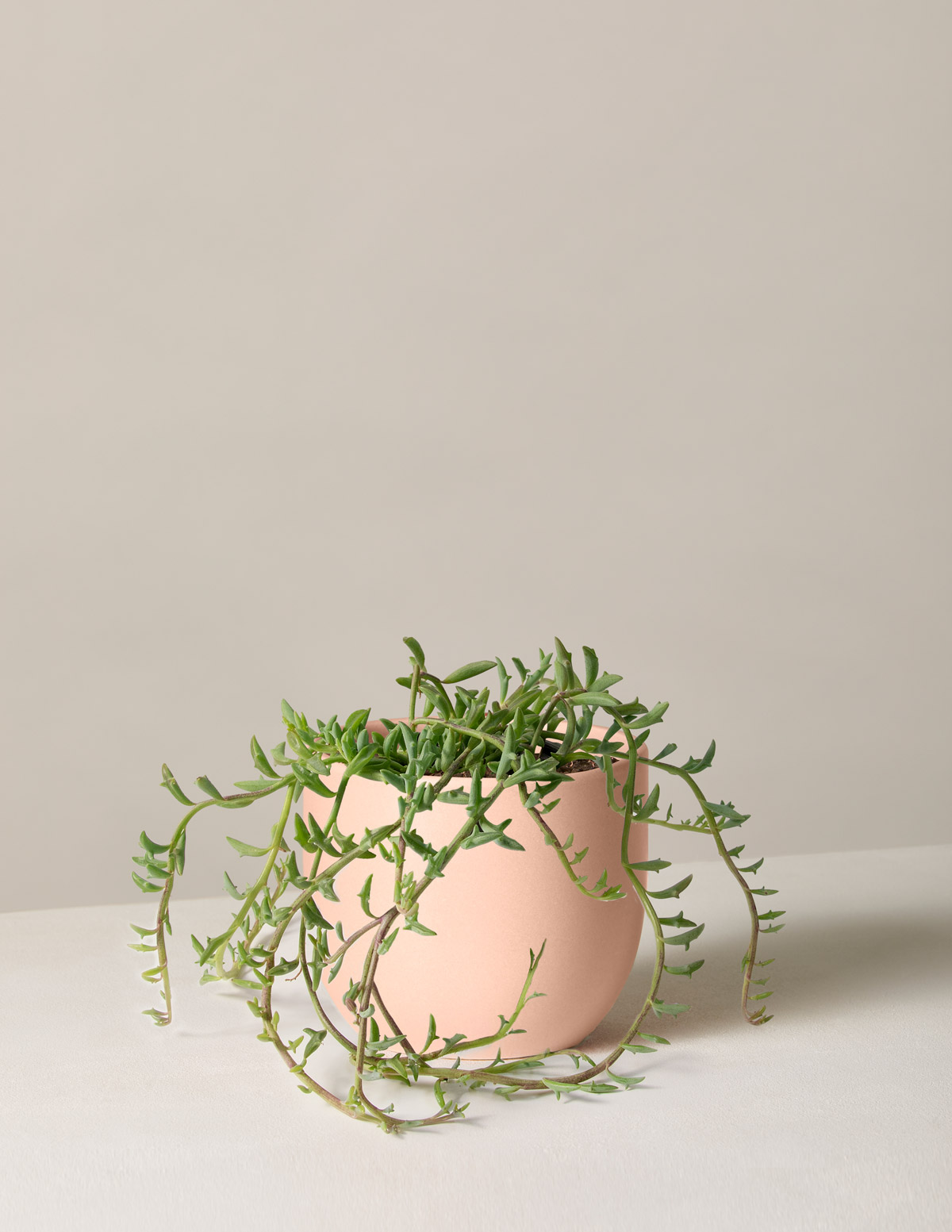 |
String of Dolphins From $31 |
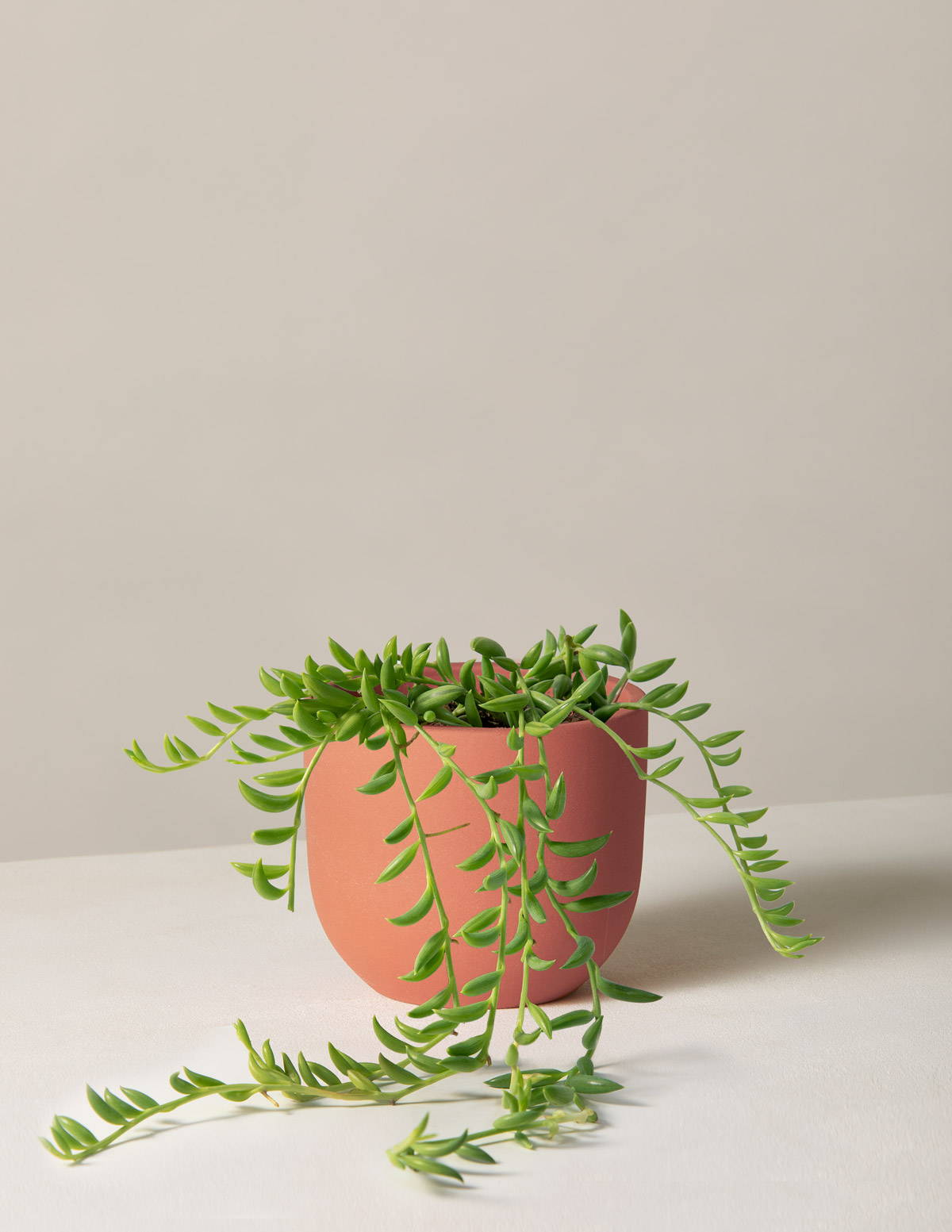 |
String of Bananas From $31 |
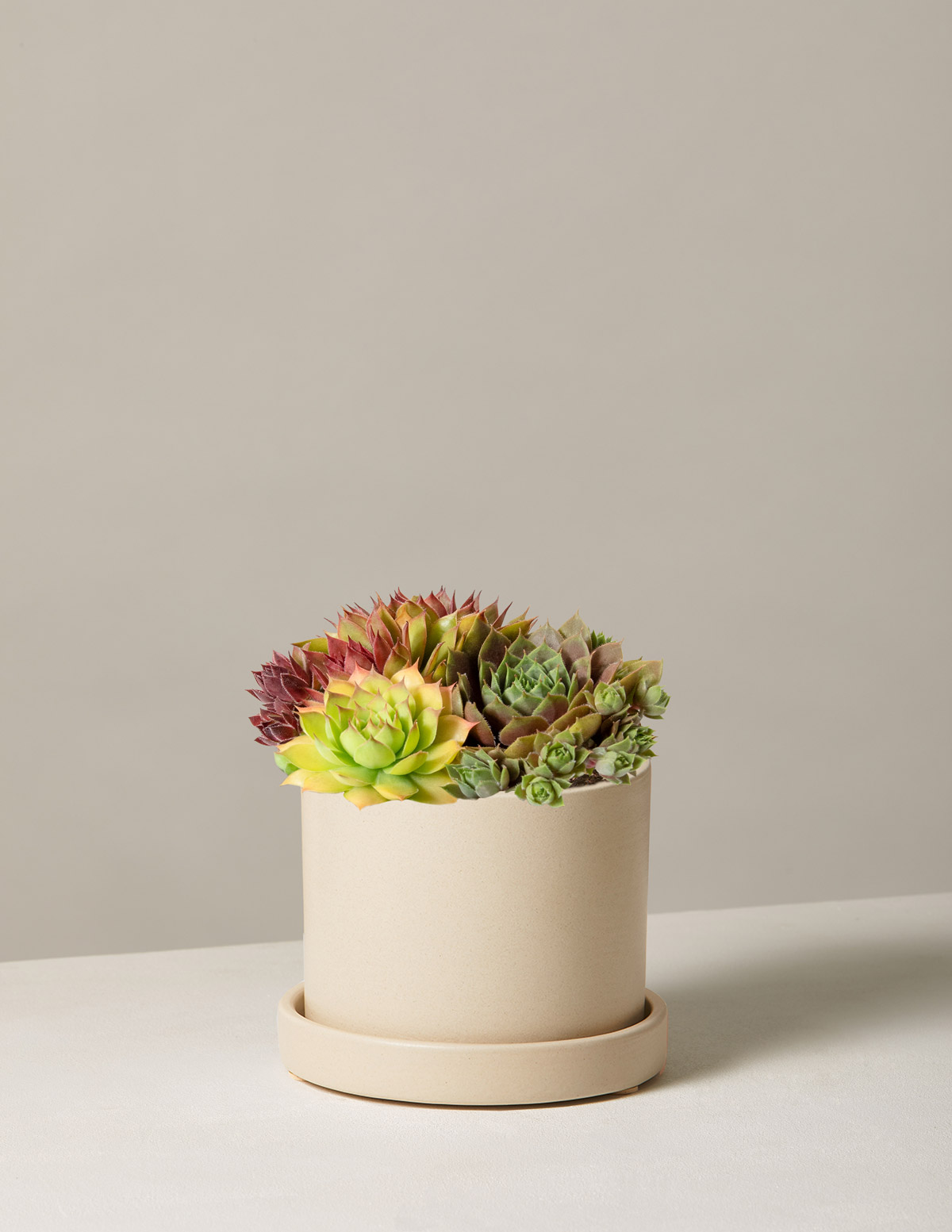 |
Summer Succulent (mix of hens and chicks) From $42 |
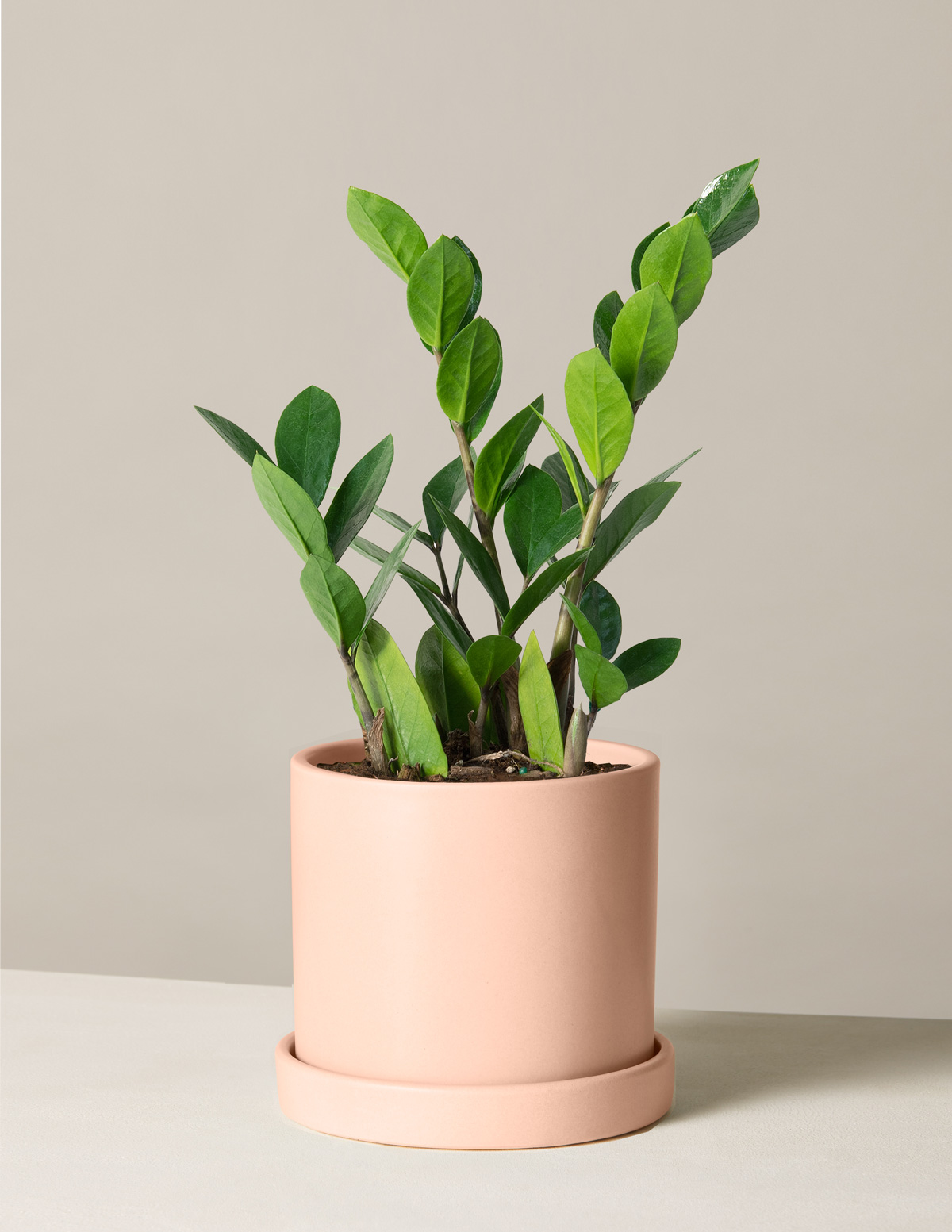 |
ZZ Plant From $52 |
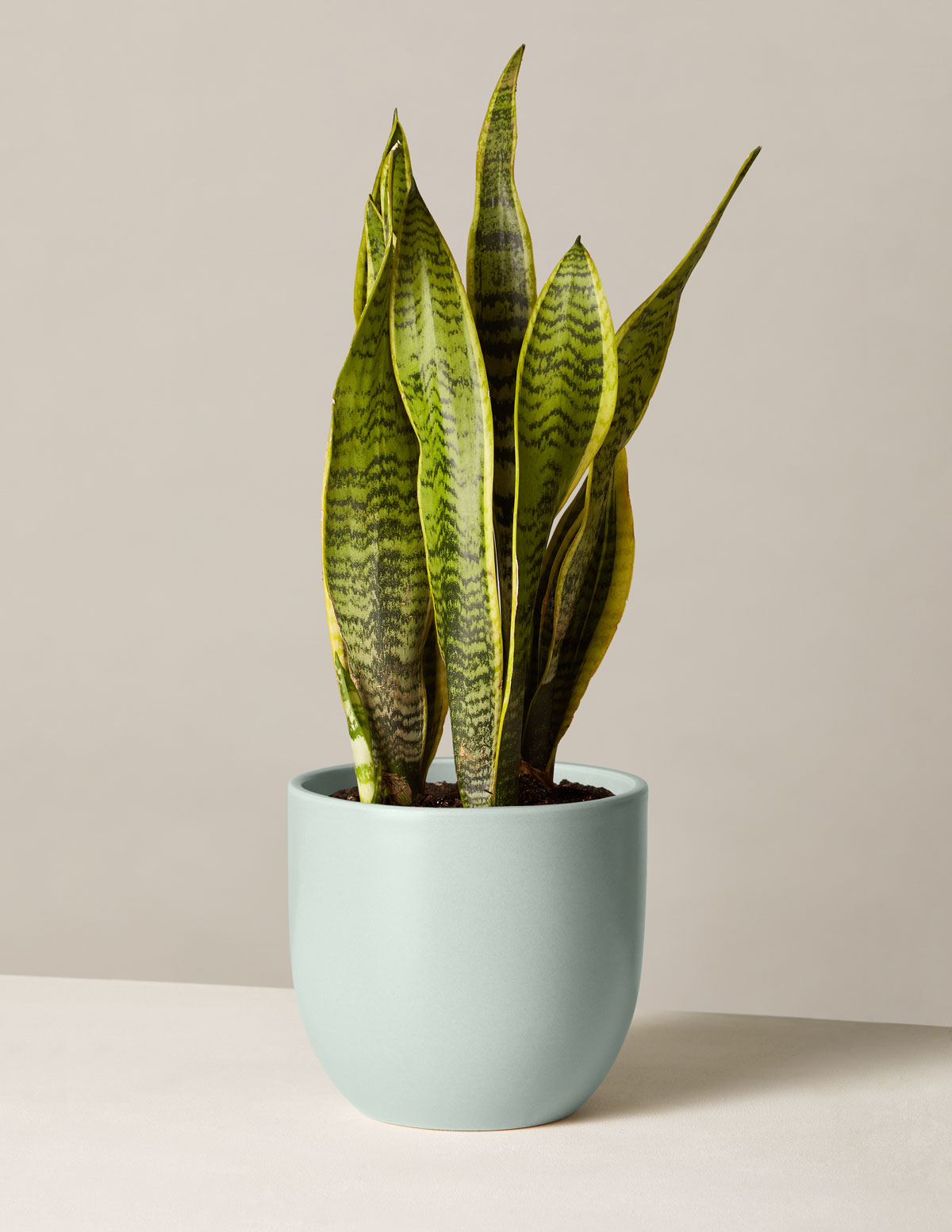 |
Snake Plant From $53 |
All of these products have been hand-selected by team 6sqft. We may receive a commission for purchases made through these affiliate links. All prices reflect those at the time of publishing.
This story appeared first on The Sill.
RELATED:











